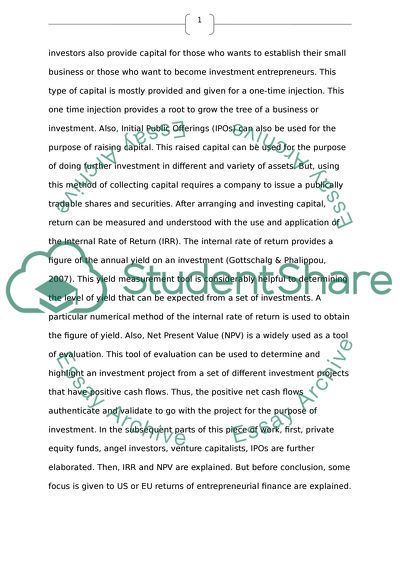Cite this document
(“Risk and return of entrepreneurial investments Essay”, n.d.)
Retrieved from https://studentshare.org/environmental-studies/1411386-risk-and-return-of-entrepreneurial-investments
Retrieved from https://studentshare.org/environmental-studies/1411386-risk-and-return-of-entrepreneurial-investments
(Risk and Return of Entrepreneurial Investments Essay)
https://studentshare.org/environmental-studies/1411386-risk-and-return-of-entrepreneurial-investments.
https://studentshare.org/environmental-studies/1411386-risk-and-return-of-entrepreneurial-investments.
“Risk and Return of Entrepreneurial Investments Essay”, n.d. https://studentshare.org/environmental-studies/1411386-risk-and-return-of-entrepreneurial-investments.


